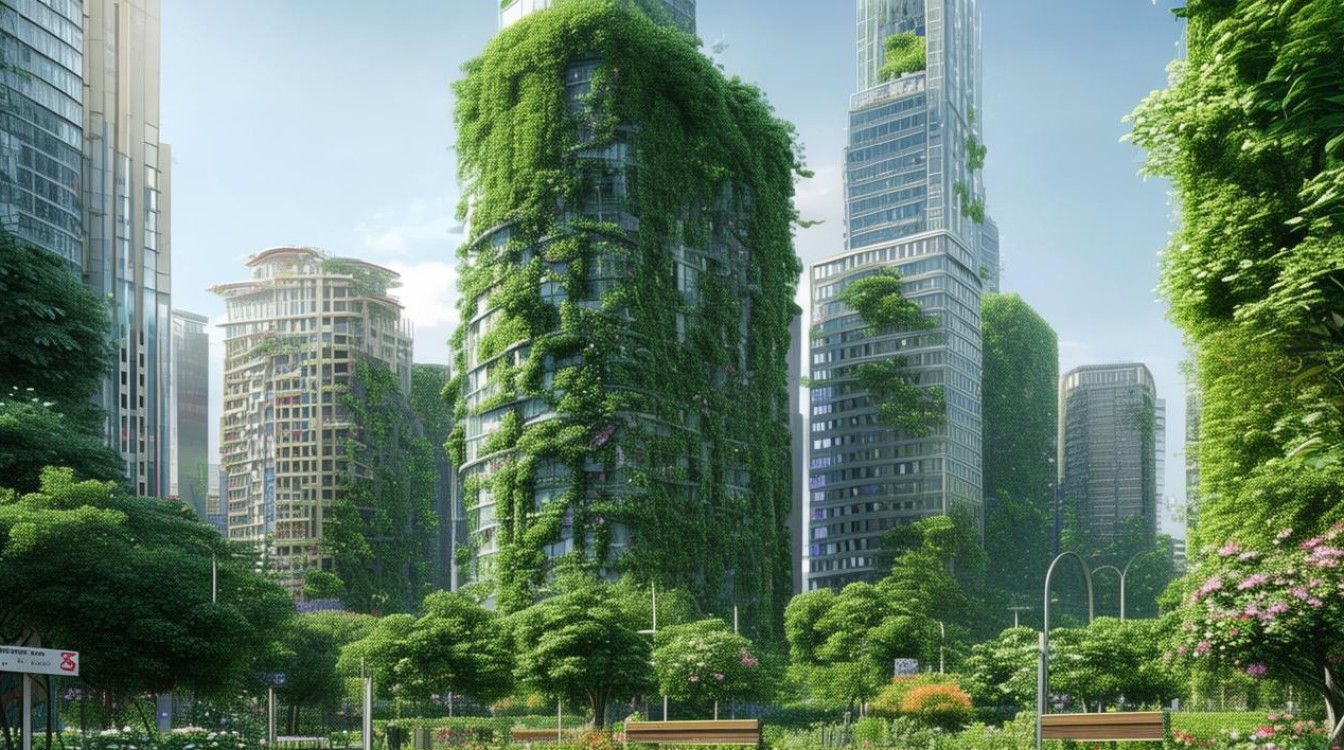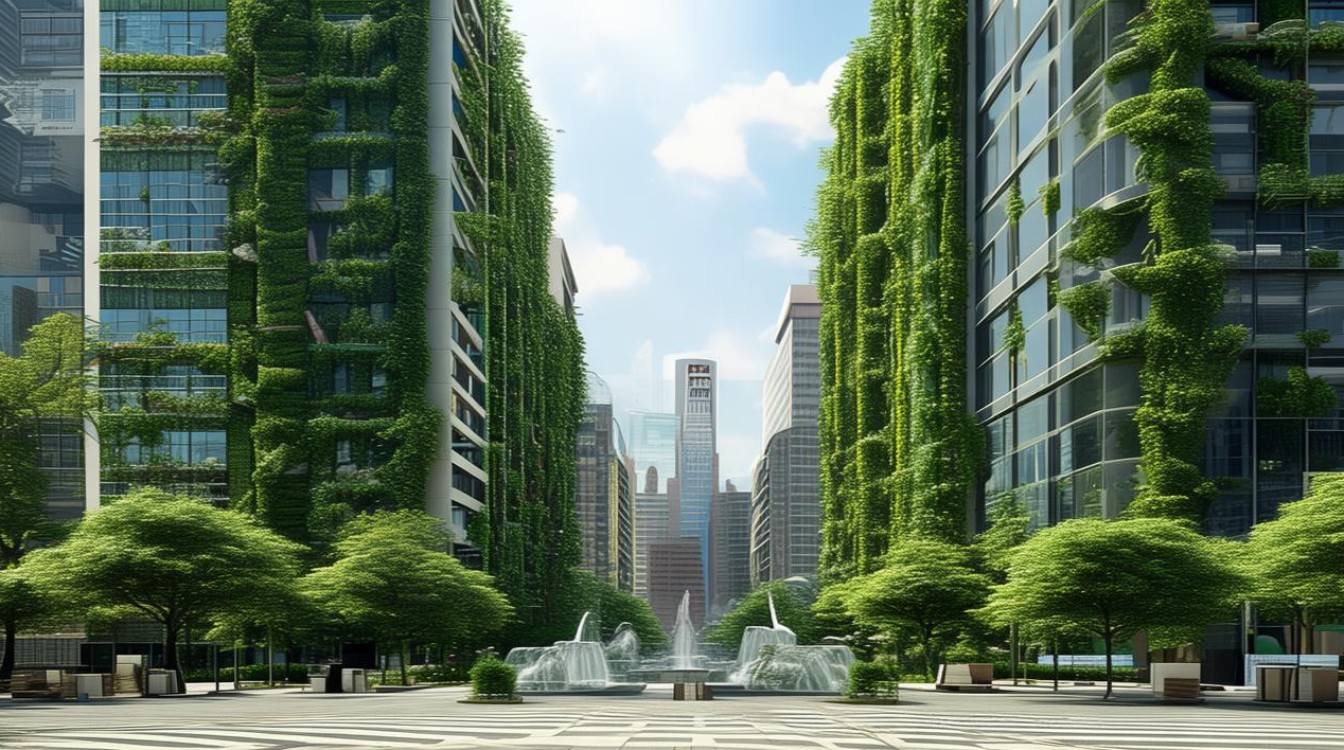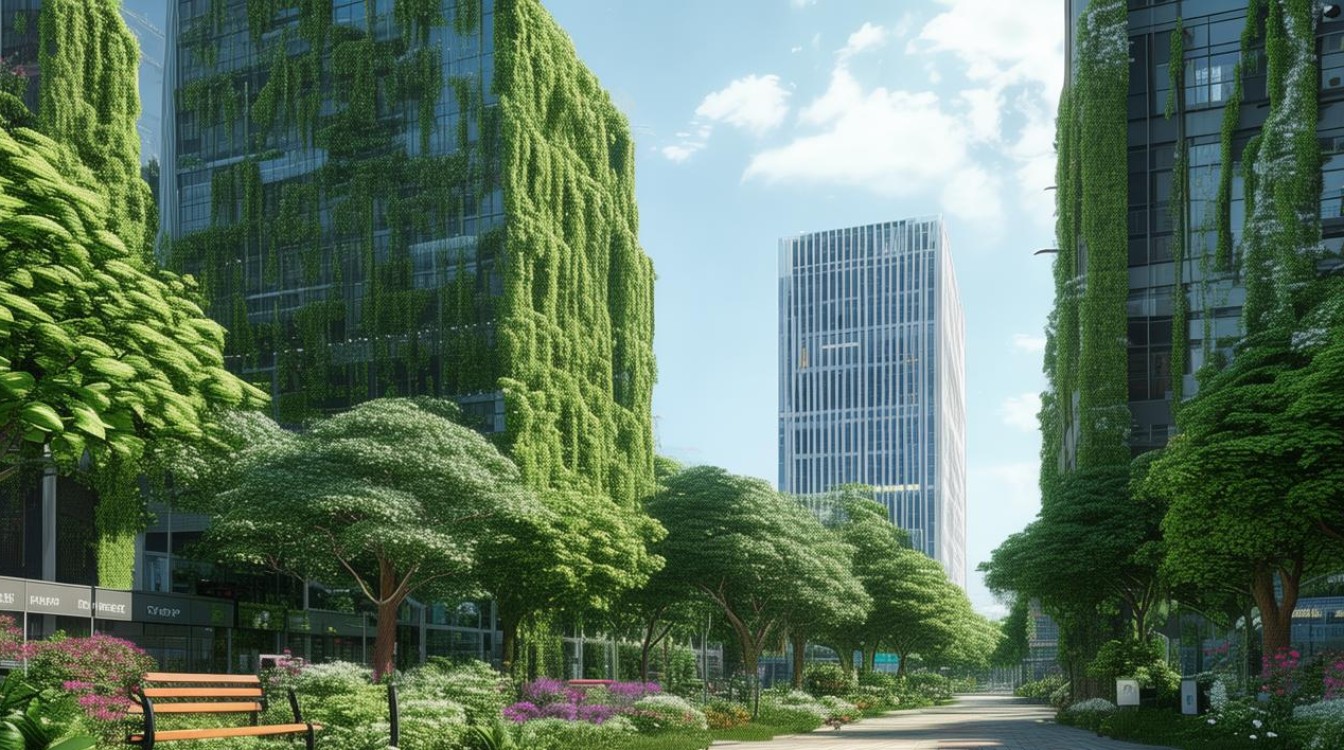As cities expand at an unprecedented pace, the integration of green spaces has become a critical factor in ensuring sustainable urban development. The concept of "urban green" goes beyond parks and gardens—it encompasses rooftop gardens, vertical forests, and eco-friendly infrastructure designed to combat pollution, reduce heat islands, and enhance residents' quality of life. This shift reflects a global recognition that environmental health is inseparable from human well-being.

The Role of Green Spaces in Modern Cities
Urban green spaces serve multiple purposes, from ecological benefits to social and psychological advantages. Trees and plants absorb carbon dioxide, filter airborne pollutants, and release oxygen, directly improving air quality. A study by the World Health Organization revealed that cities with ample greenery report lower rates of respiratory diseases and stress-related conditions.
Beyond environmental impact, green areas foster community interaction. Parks and public gardens become hubs for recreation, exercise, and cultural events, strengthening social bonds. In densely populated areas, these spaces offer a respite from concrete landscapes, reducing mental fatigue and promoting creativity.
Innovative Approaches to Urban Greening
Cities worldwide are adopting creative solutions to incorporate nature into urban planning. Singapore’s "Garden City" initiative, for example, integrates lush vegetation into high-rise buildings and transit systems. Similarly, Milan’s Bosco Verticale (Vertical Forest) towers host over 900 trees, absorbing tons of CO₂ annually while providing habitat for birds and insects.

Another emerging trend is the conversion of abandoned infrastructure into green zones. New York’s High Line, a repurposed railway track turned elevated park, demonstrates how underutilized spaces can be transformed into vibrant ecological corridors. Such projects not only revive neglected areas but also boost local economies by attracting tourism and businesses.
Challenges and Solutions
Despite the clear benefits, urban greening faces obstacles. Limited land availability, high maintenance costs, and conflicting urban priorities often hinder progress. However, cities are overcoming these barriers through policy innovation and community engagement.
- Policy Incentives: Municipal governments are offering tax breaks and subsidies for developers who incorporate green roofs, solar panels, or rainwater harvesting systems.
- Community Participation: Grassroots movements and volunteer programs encourage residents to maintain local gardens, ensuring long-term sustainability.
- Technology Integration: Smart irrigation systems and drought-resistant plant species reduce water usage, making green projects feasible even in arid regions.
The Economic Argument for Green Cities
Investing in urban greenery yields measurable economic returns. Properties near parks and tree-lined streets command higher market values, while green infrastructure reduces energy costs by providing natural insulation. A report by the American Planning Association found that every dollar spent on urban forestry generates up to five dollars in long-term benefits, including healthcare savings and increased tourism revenue.

Businesses also recognize the appeal of green workplaces. Offices with indoor plants or proximity to parks report higher employee productivity and satisfaction, translating into lower turnover rates.
A Call to Action
The transition to greener cities requires collective effort. Individuals can contribute by supporting local conservation projects, advocating for sustainable policies, or simply planting trees in their neighborhoods. Municipalities must prioritize green spaces in urban planning, viewing them not as luxuries but as necessities for resilience and growth.
As we look to the future, the vision of cities harmoniously coexisting with nature is no longer idealistic—it’s imperative. The choices made today will determine whether urban centers become suffocating concrete jungles or thriving, breathable ecosystems. The time to act is now.


